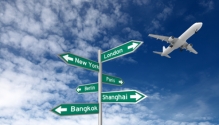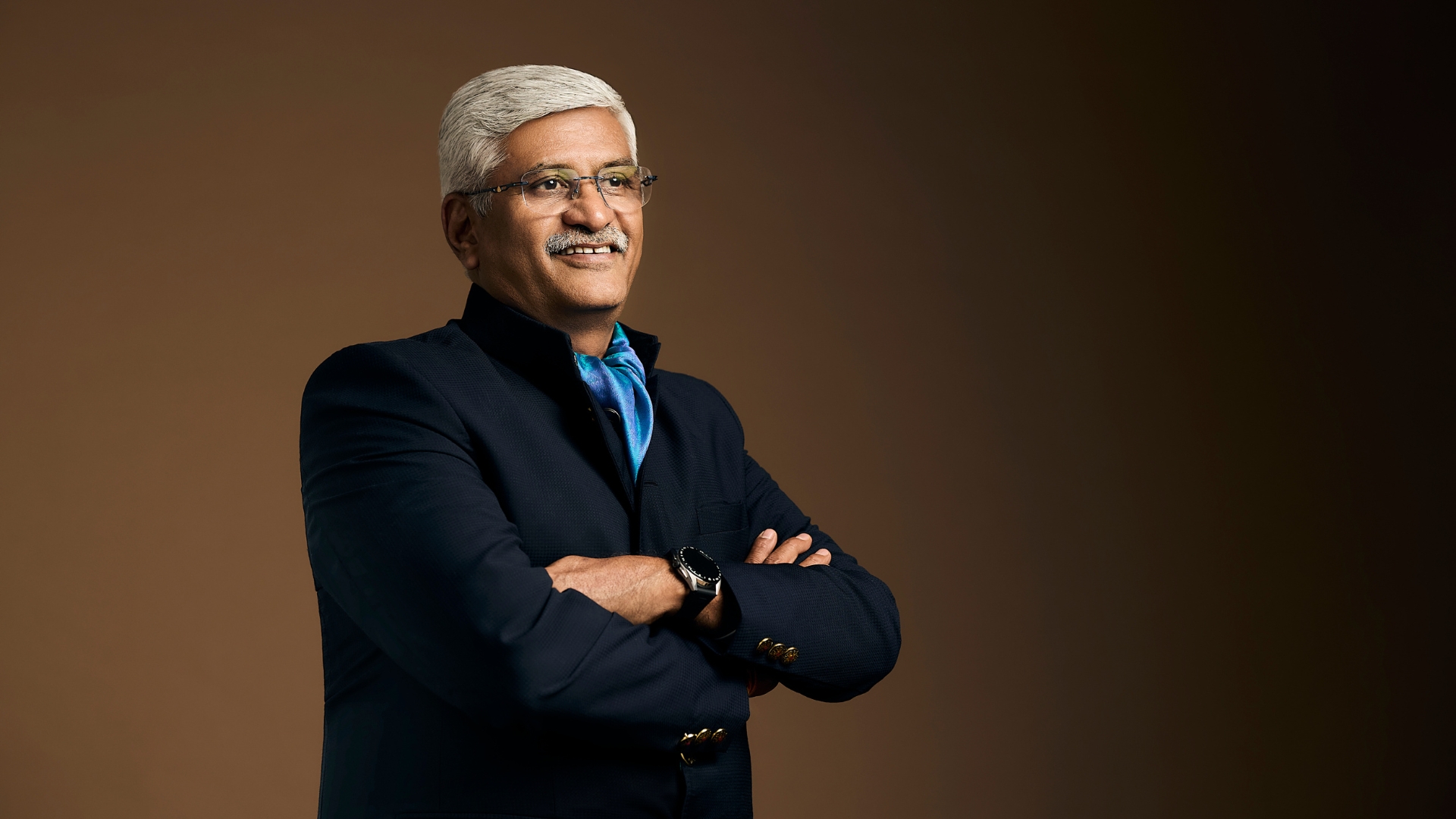Bharat Ki Khoj
In a candid conversation, India’s Union Minister of Tourism & Culture, Gajendra Singh Shekhawat, reveals the inner workings of his ambitious plan to revolutionise the nation's tourism sector, from addressing the complexities of FTAs to unveiling plans for the 'world's biggest museum'.
By Deepali Nandwani
As India’s Union Minister of Tourism & Culture, Gajendra Singh Shekhawat juggles high-stake meetings, travel, and policy decisions, with days stretching from 6 a.m. to 2 a.m. Yet, even at 10 p.m., after a gruelling schedule, he remains sharp—both on and off camera—answering tough questions on why India struggles to attract foreign tourists and how the country can ease the business of tourism and hospitality, with a sense of equanimity.
Shekhawat says he is spearheading a transformative vision for the country’s tourism sector, with a “strategic focus on sustainability, global partnerships, and education, and aims to position India as a premier destination while ensuring long-term economic growth and cultural and environmental preservation”.
One of the government’s ambitious art-meets-travel projects is what he calls “the world’s biggest museum,” a collaboration with France’s national museum, Musée du Louvre, personally led by Prime Minister Narendra Modi. Though still under wraps, this initiative promises to be a game-changer.
Shekhawat has consistently emphasised tourism’s role in economic development, social inclusion, and sustainability. At the G20 Ministerial Meeting in Belém, Brazil (September 2024), he reinforced India’s G20 theme—Vasudhaiva Kutumbakam (One Earth, One Family, One Future)—advocating for resilient, inclusive tourism policies that balance growth with responsible stewardship. Engaging with tourism leaders from Brazil, Spain, Saudi Arabia, and other key nations, he focused on cultural exchange, visa facilitation, and improved air connectivity—critical factors in making India more accessible to global travellers.
Beyond policy and diplomacy, Shekhawat says he is tackling a fundamental industry challenge: the skill gap in hospitality and tourism education. Championing Public-Private Partnerships (PPP), he has facilitated MoUs between Central Institutes of Hotel Management (CIHMs) and leading hotel chains to drive innovation, entrepreneurship, and workforce readiness—ensuring India’s hospitality sector remains globally competitive.
With an ambitious goal to raise tourism’s GDP contribution from 7.9% to over 10% within five years, Shekhawat is driving infrastructure expansion, launching new tourism schemes, and attracting private investment. His vision, he adds, is not just about growth—it’s about shaping a tourism landscape that is economically vibrant, environmentally responsible, and globally competitive.
In conversation with SOH, he shares that Foreign Tourist Arrivals (FTAs) continue to remain low but domestic tourism has proved to be a money spinner for the industry, why he believes tourism is a powerful employment generator in an economy which will turn “32 trillion” by 2047, and how the central government, under Prime Minister Modi, is facilitating this growth by building infrastructure that enables private sector and state-led sustainable tourism models.
Q&A with Gajendra Singh Shekhawat
If you were to define India as a travel destination and outline its strengths, what would they be?
Hindustan is a land of unparalleled diversity, offering every experience a traveller could seek. From snow-capped mountains and skiing to sun-soaked beaches and surfing, from majestic forts and royal palaces to vibrant tribal cultures, and from lush wildlife sanctuaries to breathtaking landscapes—Bharat has it all. Rich in history, heritage, craftsmanship, and cuisine, it is also a hub for music, cultural festivals, and MICE events. As a destination, Bharat delivers a 360-degree travel experience, catering to every kind
of explorer.
And yet, India doesn’t seem to be attracting too many foreign tourists and our foreign tourist arrivals continue to be at an all-time low…
2019 was India's best year for FTAs, with 10.3 million visitors. The COVID-19 pandemic in 2020 and 2021 crippled global tourism, but Hindustan ne kafi recovery ki hai (India has since made a strong recovery). Lekin agar hum peer competitors ke saath mein compare karein (if we compare ourselves to our competitors), Thailand attracts 40 million tourists, while Dubai sees 25 million. Bharat, despite its growth, receives only 13 million. On a global scale, France leads with 90 million annual tourists, followed by destinations such as Switzerland and the UK. That said, apart from the United States, no other country sees as many domestic travellers as Indians.
Hindustan ka domestic tourism hi Hindustan ki sabse badi taakat hai (India’s domestic tourism is its biggest strength.) The country’s economic growth has boosted disposable incomes, particularly among the middle class, shifting the travel landscape. Domestic travellers now outspend international tourists, reducing the industry's reliance on foreign visitors. Previously, hoteliers aspired to attract tourists from the Western world; today, no hotelier depends solely on them—Indians are significant spenders.
However, Bharat remains an expensive destination for budget travellers, who comprise 70% of inbound tourists. Meanwhile, for higher-income Indians, international destinations such as Baku in Azerbaijan, Dubai, Thailand, and Sri Lanka are often more affordable than domestic alternatives. This pricing dynamic partly explains why Bharat attracts fewer foreign tourists compared to its global counterparts, despite its vast tourism potential.
Domestic tourism, however, has surged. Ayodhya saw 13 crore visitors in the past year—surpassing the world's most-visited cities, which see around 9 crore tourists annually. Over 55 crore pilgrims have attended the Kumbh Mela, a scale unmatched globally.
As domestic travel booms, infrastructure is expanding in parallel. A Google Analytics study shows a 24% year-on-year rise in searches related to Indian tourism post-COVID. While this doesn’t directly equate to arrivals, it reflects strong interest. Hindustan’s tourism sector itself is growing at a CAGR of over 24%, highlighting its immense potential.
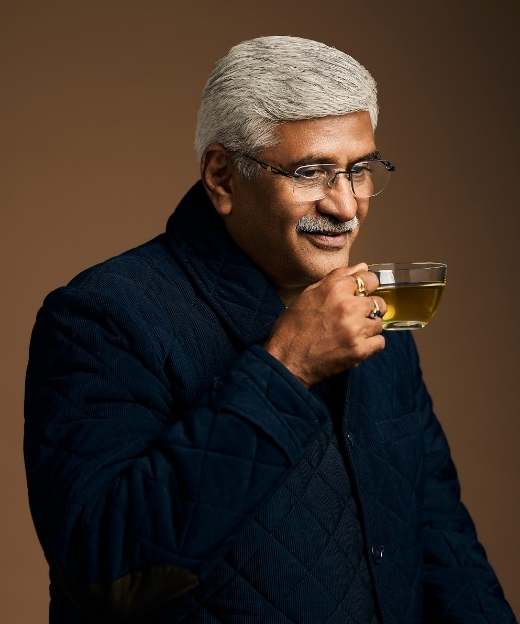
Gajendra Singh Shekhawat, Union Minister of Tourism & Culture.
Bharat remains an expensive destination for budget travellers, who make up 70% of inbound tourists. This pricing dynamic partly explains why Bharat lags behind global counterparts in attracting foreign tourists, despite its vast tourism potential.
Gajendra Singh Shekhawat
Union Minister of Tourism & Culture

Can tourism elevate India’s global soft power, much like its cinema, culture, and cuisine?
Absolutely. Bharat is no longer just a destination—it is a global force. Soft power isn’t just about foreign visitors experiencing our culture; it’s also about Indian travellers shaping perceptions abroad. With outbound tourism surging, the demand for Indian travellers is skyrocketing worldwide.
The recent South Asia Travel & Tourism Exchange (SATTE) and Open Travel Market (OTM) expos saw 60–70 countries participating at full strength, eager to tap into the Indian market. This reflects Bharat's growing economic influence and global relevance, which, in turn, is driving the acceptance of Indian culture, science, and traditions. Aaj Pradhan Mantri ke initiatives ki wajah se, yog ko, Ayurved ko, humare organic and traditional agriculture ko, humare superfoods, jaise millets, ko, poori duniya accept kar rahi hai (take yoga—it has gained worldwide recognition, thanks to Bharat’s rising stature and the Prime Minister’s initiatives. Ayurveda is now embraced globally, as is our organic and traditional agriculture. Millets, once a staple in Bharat, are now celebrated as a global superfood).
The world’s appetite for Indian music, crafts, cuisine, and culture will only grow. This is Hindustan’s true soft power—and soon, we will not just participate but lead on the global stage.
Can India’s tourism sector thrive through public-private collaboration? Should hotels, restaurants, and other stakeholders work more closely with the government?
Tourism bina private investment ke chal hi nahi sakta, sirf Bharat nahi, poori duniya mein (tourism cannot function without private investment across the world). The government’s role is to facilitate tourism growth, and it has done so by building critical infrastructure. Over the past 10 years, Bharat has constructed 1,50,000kms. of roads, doubled the number of airports, and launched semi-high-speed trains—with further expansion planned across roads, railways, airways, and waterways.
States are now competing to attract tourism investment, offering incentives to drive growth. A long-standing industry demand was infrastructure status for tourism and hospitality projects to enable access to long-term, low-interest loans. The government has addressed this by granting infrastructure status to investments in 50 iconic destinations, creating a positive industry outlook. To further support growth, ₹3,400 crore has been sanctioned to states under a special incentive scheme. Project approvals consider state readiness, future tourism potential, private investment feasibility, and sustainability.
Globally, private investment is crucial for tourism, and Hindustan is no exception. The government's facilitation, coupled with private sector participation, is key to unlocking the sector’s full potential.
For alternative destinations and unique experiences to thrive, last-mile connectivity is crucial. What steps is the government taking to improve it?
As I mentioned, the government acts as a facilitator, providing essential infrastructure—roads, airport and rail connectivity, sewage systems, drinking water, inner roads, and security—to enable private investment. Without this foundation, tourism growth is impossible. For every new destination, these elements are built organically into the plan. Since tourism is a state subject, we have urged states to prioritise holistic destination planning. The response has been remarkable—states are now more competitive than ever in marketing and developing tourism infrastructure. Having long been associated with the hospitality industry, I have never seen such a dynamic push for tourism as I do today.
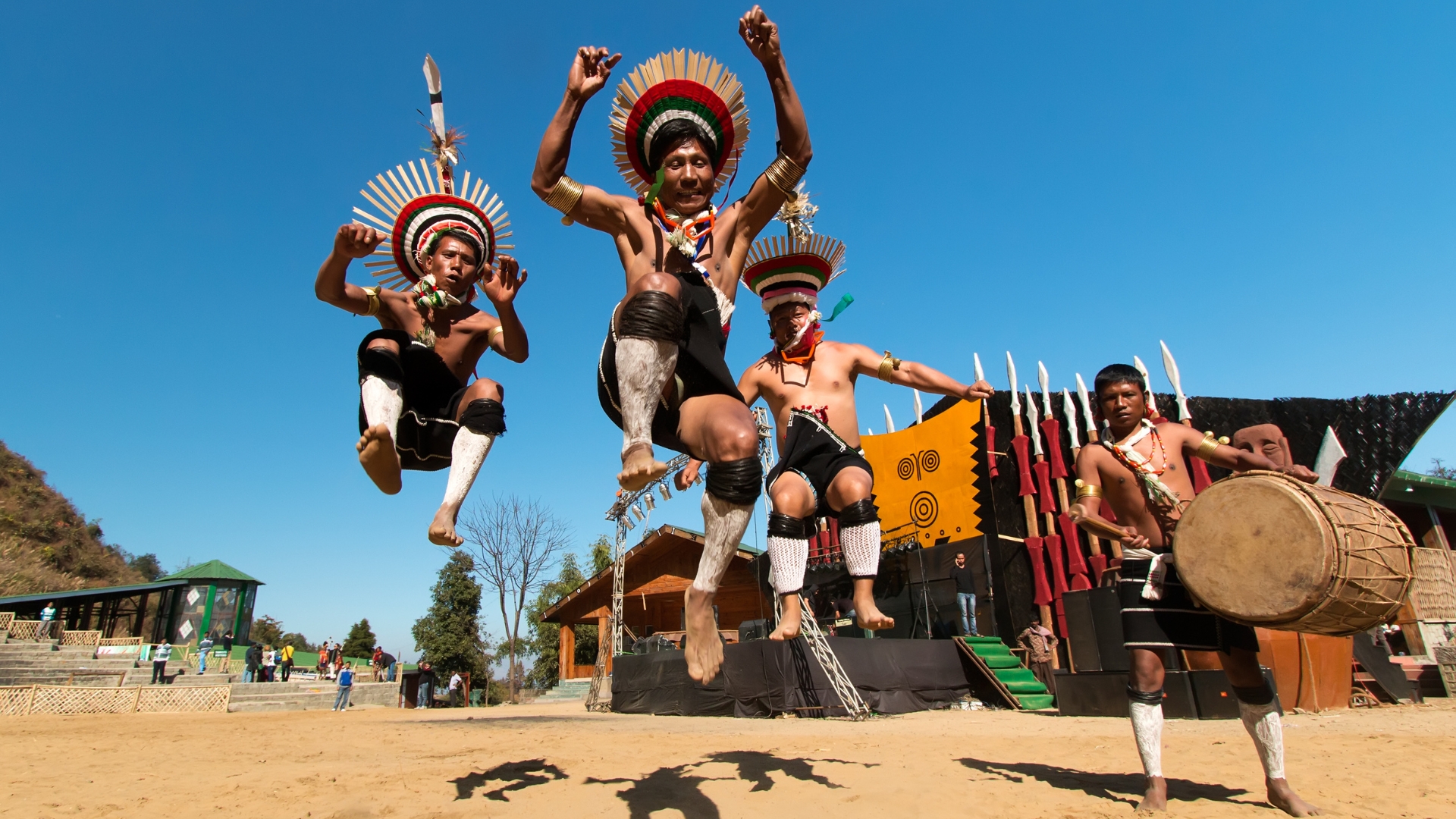
Homestays are being developed in eco-sensitive zones to allow visitors to experience indigenous culture, craft and cuisine,
Tourism contributes 5.6% to Bharat's formal economy, but if we include religious and spiritual tourism, the sector’s impact rises to 10% of GDP. As Bharat’s economy grows— from $4 trillion today to $32 trillion by 2047—tourism’s share will expand proportionally.

What are the incentives the government is offering to attract investment in tourism and hospitality?
Rajasthan has the best tourism policy among Indian states. We have drafted a new policy by incorporating the best aspects of Rajasthan’s model and those from other states. Today, if you invest in tourism infrastructure in Rajasthan—such as building a hotel—land conversion is free, a single-window clearance system is in place, electricity tariffs are capped, there’s interest subvention, reduced license fees, and GST incentives. These measures make hotel construction significantly more viable for private investors. Iske saath, promoter ko agar long-term finance mil jaaye aur bank ka interest rate kam kar diya jaye, to unke liye bada incentive hota hai (beyond this, long-term financing and lower bank interest rates provide additional incentives for promoters).
We have seen a radical increase in the hospitality industry with these incentives. Consider Taj Hotels—after its first hotel, the Taj Mahal Palace in Mumbai, it took 55 years to open a second. Then, reaching 100 hotels took decades. Today, five new hotels join the Taj portfolio every month, with similar expansions under Marriott and Radisson. This growth is driven by rising demand and government incentives, attracting massive investments.
Currently, tourism contributes 5.6% to Bharat's formal economy, but if we include religious and spiritual tourism, the sector’s impact rises to 10% of GDP. Looking ahead, as Bharat’s economy grows—from $4 trillion today to $8 trillion in the next 6–7 years, and $32 trillion by 2047—tourism’s share will expand proportionally. By then, tourism alone will contribute as much to Hindustan’s economy as the entire economy does today.
The Union Budget for 2024-25 allocated ₹2,479 crore to the tourism sector. What are the government's priority areas, and how will these funds be distributed?
Post-Covid, the global perspective on tourism has shifted significantly, with experiential tourism taking precedence. Travellers now seek immersive experiences rather than just sightseeing, making the creation of new tourism products a top priority. Additionally, with a quantum jump in traveller numbers, congestion at established destinations has become a challenge. To address this, the government is focused on developing alternative tourism destinations and introducing new offerings at existing locations—jaise ‘Goa Beyond Beaches’ so that Goa ke beaches ko decongest kiya ja sake (for instance, the ‘Goa Beyond Beaches’ initiative aims to decongest Goa’s beaches). Similarly, nine new destinations are being developed in Kashmir, ensuring a diversified tourism landscape.
Another key focus is expanding hotel infrastructure to meet the growing demand. Room tariffs in India are significantly higher than in peer destinations like Thailand or Dubai due to limited supply. With rising Indian spending power, there are no vacant rooms at key destinations. Increasing the number of hotel rooms will naturally help regulate pricing. The rapid growth of tourism also necessitates skilled manpower. The government has aligned educational institutes, state-run tourism bodies, and the industry to provide training tailored to market needs.
Sustainability is a global challenge, and the government is encouraging stakeholders to adopt eco-friendly practices. A new hotel ranking system based on sustainability—from 2-leaf to 5-leaf ratings, similar to the star-rating system—has been introduced to promote green initiatives. Finally, the government is focusing on enhancing traveller interactions by training youth, taxi drivers, hotel staff, homestay owners, shopkeepers, and souvenir sellers to foster responsible tourism. A 360-degree approach is being implemented to revitalise the entire tourism sector, ensuring a seamless and enriching experience for visitors.
Eco-tourism is gaining global importance, and India, with its environmentally sensitive zones like the northeast and the Himalayas, has immense potential in this space. Do you think we can successfully develop ecologically responsible tourism in these regions?
As tourism infrastructure expands and visitor numbers rise, eco-sensitive zones face unique challenges and pressures. To promote sustainable tourism, we are focusing on homestays. With government support, 1,000 homestays are being developed in tribal areas, allowing visitors to experience indigenous culture, craft, and cuisine. Additionally, leading hotel brands are investing in luxury homestays—Taj has already begun developing its own, with other groups following suit. We will continue to facilitate the growth of such sustainable tourism models.
Many of India’s popular destinations, such as Goa and Manali, are facing overcrowding. Do you see an urgent need for more effective destination management?
Destination management ki shuruvaat decongestion se karni hogi, jiske liye hum alternative experiences and destinations develop kar rahe hain (destination management begins with decongesting overcrowded locations by developing alternative destinations and experiences). We are actively working on this through initiatives like ‘Goa Beyond Beaches’, a prime example of destination management. Similar efforts are underway across various locations. For instance, to decongest Gulmarg and Sonmarg, we are creating parallel and even better offerings. In Kashmir, we have introduced large-scale lavender cultivation, which has drawn nearly five million tourists this season alone. This floriculture initiative has become a new and unique experience, further enriching Bharat's tourism landscape.
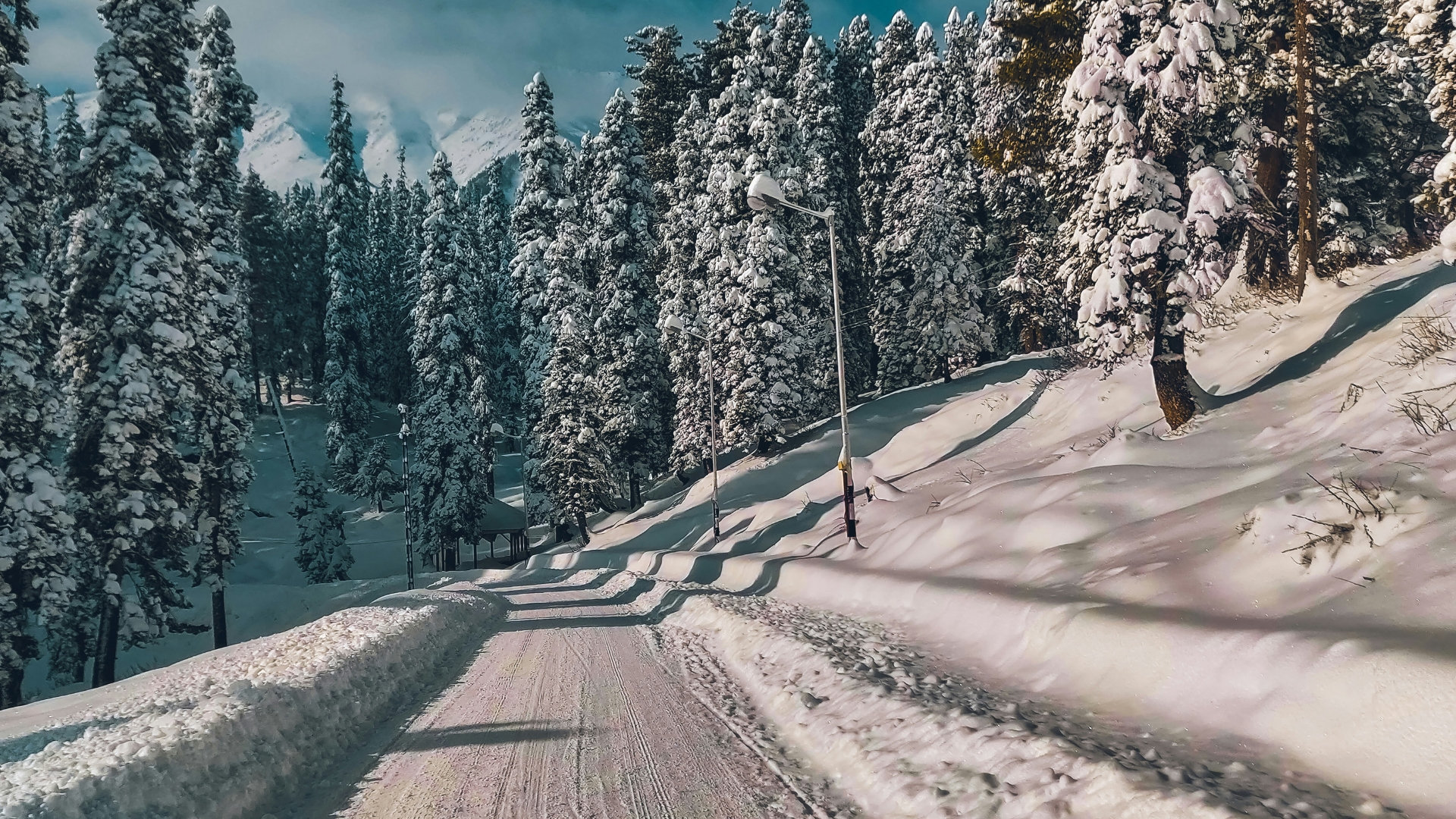
New destinations are being developed in Kashmir to ease pressure on popular ones such as Gulmarg, seen here.
Which segments of tourism do you see as the future?
Every segment of tourism will grow, but Bharat is poised to become a major destination for MICE—meetings, incentives, conferences, and events. After the capacity-building efforts following the G20, destinations across the country—from Delhi to Mumbai, Ahmedabad to Odisha—now have the infrastructure to host large-scale events, with 2,000 to 3,000 high-standard rooms available at each location. Additionally, as extravagant weddings remain a strong trend in Bharat, an increasing number of international travellers are choosing the country for destination weddings, making this a significant sector for the future.
A leading international food magazine recently listed three Indian destinations among the world's top 50 for travellers seeking authentic culinary and cultural experiences. How can India further elevate its food and dining scene to attract visitors solely for its cuisine?
Culture ke jitney bhi aspect hai, woh craft ho ya cuisine, woh music bhi ho ya dance, un sab ke verticals par tourism khada kiya ja sakta hai (tourism can be built around multiple cultural verticals—craft, cuisine, music, and dance). Today, travellers prioritise experiences over simply visiting monuments. Bharat is uniquely positioned to cater to both. For the aspirational middle class—25 crore people who have moved out of poverty, largely due to PM Modi’s initiatives—monumental tourism remains a source of joy. However, for the established middle class, upper middle class, and Gen Z, experiential tourism is becoming the driving force. They seek destinations inspired by craft, culture, cuisine, and music, shaping the future of Indian tourism in entirely new ways.
Many restaurateurs and hoteliers find licensing and compliance processes cumbersome, leading to delays in project completion. How are these blocks being addressed by the government?
All licenses and permissions for tourism are issued at the state government level, while the Indian government provides overall policy guidance. To streamline the process, we created a comprehensive policy incorporating the best practices and shared it with the states for adoption. States such as Goa, Uttar Pradesh, and Rajasthan were already implementing these measures, while Meghalaya, Odisha, and Andhra Pradesh have now introduced highly investment-friendly policies. Nearly all states are moving towards single-window clearances to expedite tourism and hospitality projects, ensuring faster execution and smoother investment processes.
State policies vary, leading to inconsistent visitor experiences. Do you think a national policy that gives a little more than guidelines to all states would help?
We have prepared a draft investment policy and shared it with the states. For training, we have aligned with all state governments and their institutes. While the gap you mentioned may persist for some time, Rajasthan's deep-rooted culture of hospitality has given it a natural advantage. However, awareness is growing in other states, and they are actively working to enhance their tourism offerings.
We have learned that the Government of India is planning to establish a major museum. Could you share some details about this initiative?
Hindustan has one of the richest and longest cultural traditions in the world, with historical records spanning over two thousand years through excavations, texts, and written records. Inspired by the Prime Minister, Bharat is now working towards establishing the world’s largest museum.
France, known for its expertise in adaptive reuse, has been involved in this initiative. The Louvre Museum, for example, was formerly France’s finance ministry. Similarly, Bharat is transforming the North and South Blocks outside Rashtrapati Bhavan into this grand museum. Planning and mapping are underway in collaboration with the Government of India, the National Museum, and Agence de Museum, in France.
This museum will surpass the Louvre in capacity and showcase Bharat's 10,000-year developmental journey—from ancient to modern Bharat. With vast collections from institutions such as the National Museum, Indian Museum, Victoria Memorial in Kolkata, and Salar Jung Museum, Hindustan possesses an unmatched repository of antiquities and artefacts.
Efforts are also underway to digitise these collections and collaborate with nearly 80 museums across states, integrating their most significant exhibits. While historical museums worldwide display only about 15% of their collections, and the new museums in Dubai have very little to showcase, Bharat currently exhibits just 3% of its vast treasures. This museum will offer an unprecedented opportunity to showcase India’s rich heritage to the world.
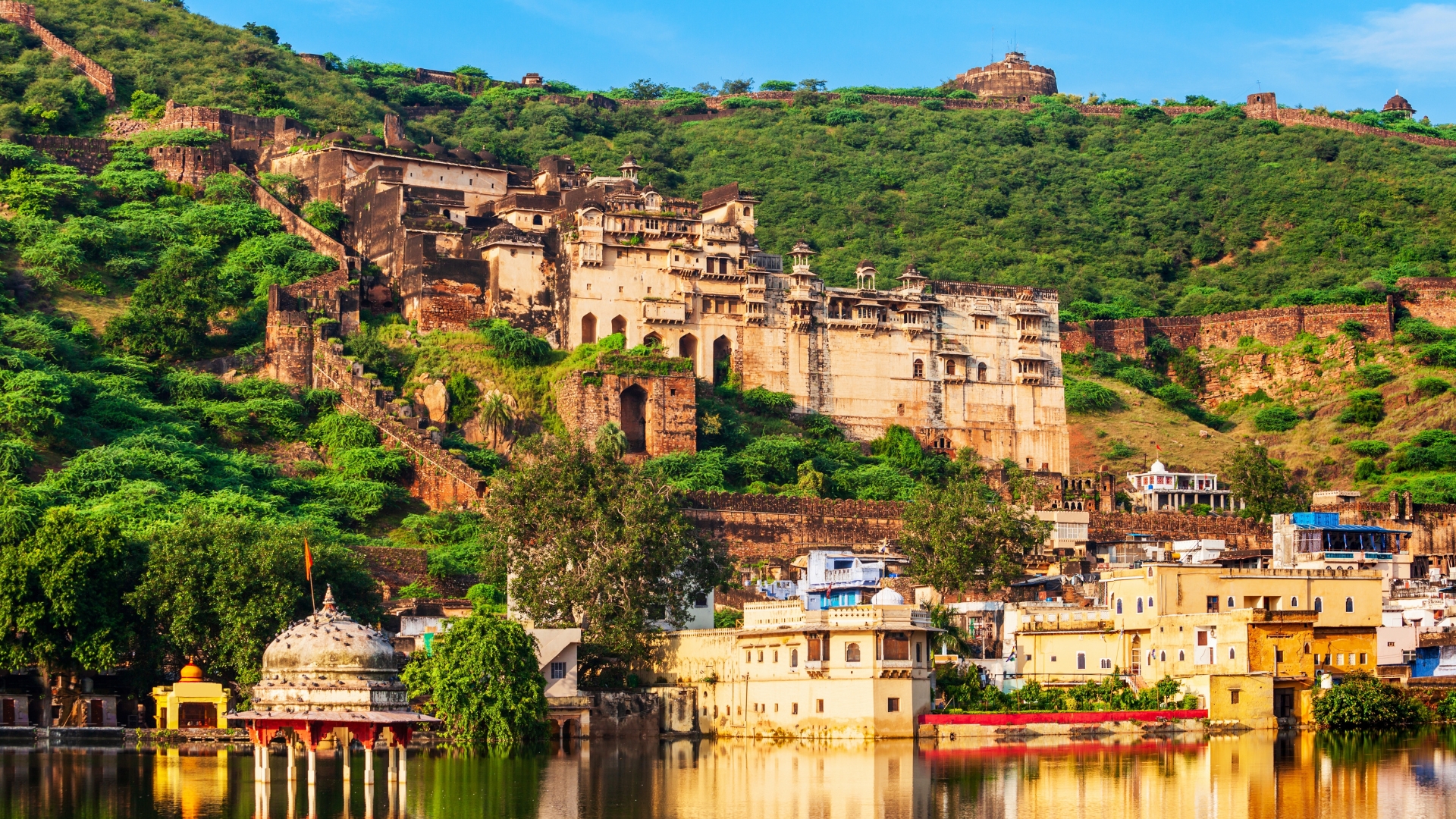
Bundi, according to Shekhawat, is an underrated Rajasthani gem.
What role will technology play in preserving India's art and culture? How can we leverage it effectively?
The future will increasingly rely on digital platforms to showcase tourism products and cultural heritage. Museums, whether dedicated to stamps, railways, or other themes, can be marketed effectively through digital media, virtual tours, and online experiences. Tourism marketing has evolved—print media is nearly obsolete, and today’s travellers are inspired by Instagram reels and digital content. To stay relevant, we must promote our tourism offerings through modern digital channels, aligning with how the new generation discovers and engages with travel experiences.
You talked about Instagram reels, but largely Instagram reels focus on the destination. The wealth that we have in our country, our art, our artefacts, culture, palaces, all of that is probably not represented too well.
Aapne bilkul sahi kaha hai (you are right). The Indian government lacked a comprehensive repository. While revamping the Incredible India website with state collaboration, we recognised the need for more. We've engaged states and freelance photographers to contribute images and are now systematically creating reels and photographs to enhance our visual storytelling.
India launched the Incredible India campaign 20 years ago, a pivotal initiative in tourism promotion. Do you think it's time to expand or reimagine it to align with evolving travel trends?
We have already begun this evolution—marketing India as Irresistible India, soon to become Inevitable India. The goal is to ensure that for any global traveller, Bharat is the first destination that comes to mind. We are working towards making this vision a reality.
At the start of your career, you travelled extensively across India, including its border regions. What was that experience like, and what did it reveal about the country?
As a traveller, I have driven across India multiple times with my wife and children, covering the country extensively—from Jodhpur to Bengal four times and the entire northeast. I have also spent nearly 20 years working in Bharat's border areas, travelling across all land borders, giving me a deep and firsthand understanding of the country. Additionally, my work and business have taken me across the world.
Bharat holds immense opportunities, and as infrastructure improves, accessibility will only get better. While airports have been built, the number of aircraft still falls short of demand. Currently, Indian operators have 840 aircraft, but within three years, 1,700 new ones will be added, taking the total to 2,500. Similarly, Vande Bharat Express, with around 80–85 trains today, is set to expand to 590 in the next five years.
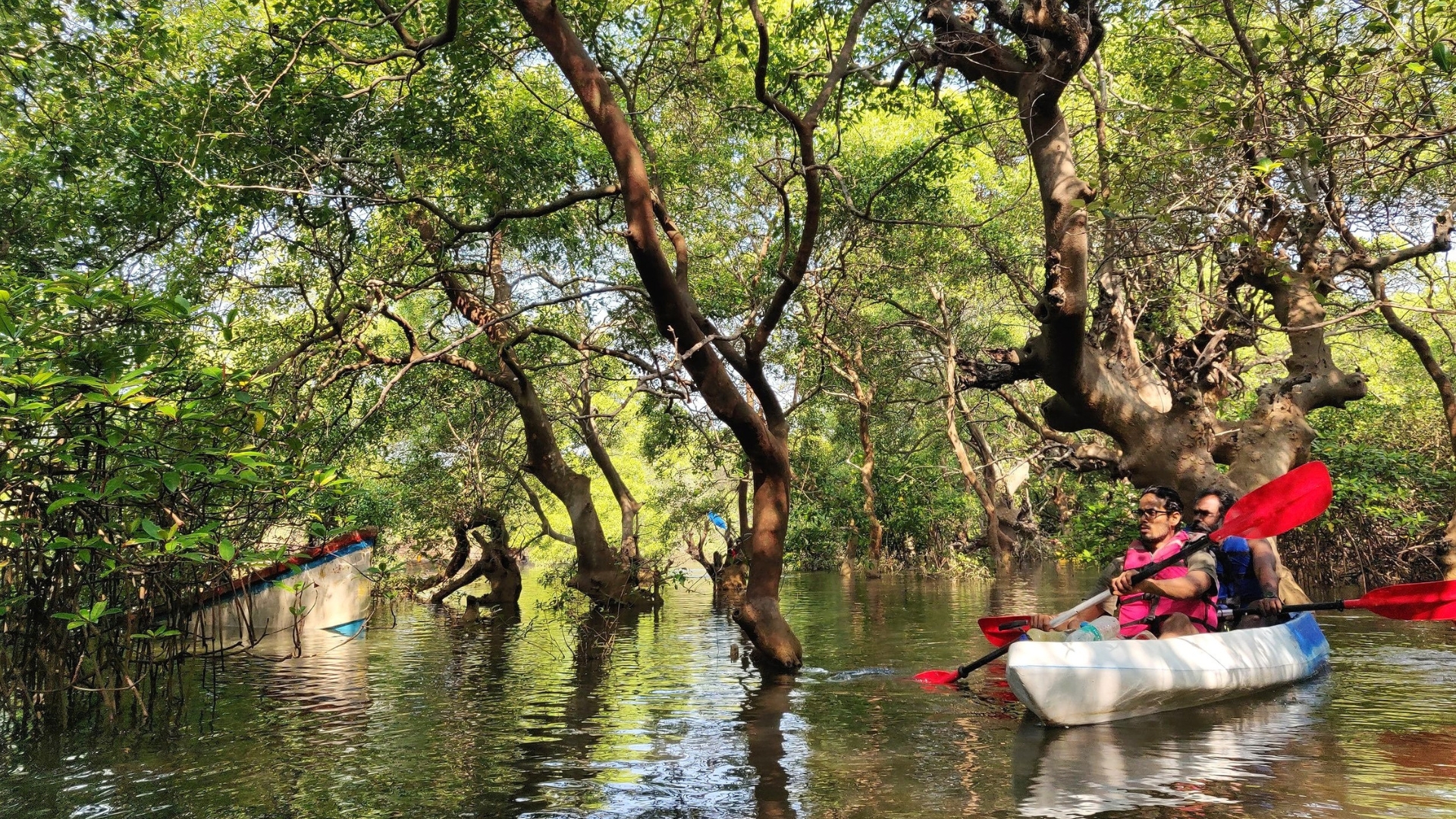
The spotlight on the immensely popular Goan beaches is now being shifted to its other touristic offerings like backwater kayaking.











